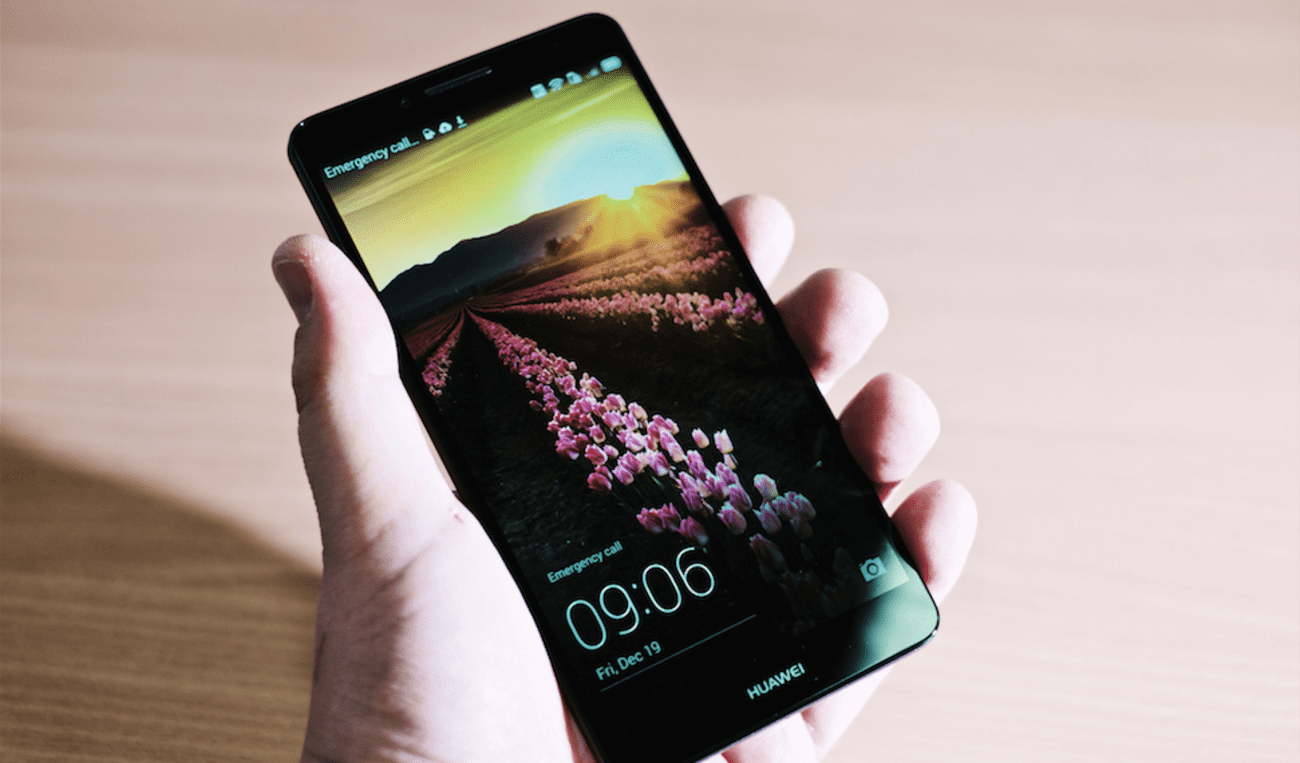
Sure, here's the introduction in HTML format:
html
Are you a proud owner of a Huawei Mate 7 and want to capture a screenshot of a memorable moment on your phone? Knowing how to take a screenshot on your Huawei Mate 7 can be incredibly useful for capturing important information, saving memorable conversations, or simply sharing something interesting with your friends and family. In this article, we’ll explore the various methods to take a screenshot on your Huawei Mate 7, ensuring that you can effortlessly capture and save your screen in just a few simple steps. Let’s dive in and discover how you can easily capture and share your favorite moments with the world!
Inside This Article
- Method 1: Using Physical Buttons
- Method 2: Using Knuckle Gestures
- Method 3: Using the Notification Panel
- Conclusion
- FAQs
**
Method 1: Using Physical Buttons
**
If you want to capture a screenshot on your Huawei Mate 7, using the physical buttons is a quick and convenient method. This approach allows you to capture the screen without the need to navigate through menus or settings.
First, locate the Power button and the Volume Down button on your Huawei Mate 7. Once you have identified these buttons, you’re ready to proceed with capturing the screenshot.
To take a screenshot using the physical buttons, simply press the Power button and the Volume Down button simultaneously. Ensure that you press both buttons at the same time and hold them for a brief moment.
Upon successful execution of this action, you will notice a brief animation or hear a camera shutter sound, indicating that the screenshot has been captured. The screenshot will be saved to your device’s gallery, allowing you to access and share it as needed.
**
Method 2: Using Knuckle Gestures
**
Another nifty feature of the Huawei Mate 7 is the ability to capture screenshots using knuckle gestures. This innovative method allows you to simply tap the screen with your knuckle to take a screenshot, providing a convenient and hands-free alternative to using physical buttons or the notification panel.
To activate this feature, head to the “Settings” menu and select “Smart assistance.” From there, tap on “Motion control” and enable the “Smart screenshot” option. Once this is done, you can effortlessly capture screenshots by tapping the screen with your knuckle and dragging it across the area you want to capture.
This intuitive knuckle gesture not only simplifies the screenshot process but also adds a touch of futuristic flair to your smartphone usage. It’s a prime example of how Huawei integrates innovative technology to enhance user experience, making the Huawei Mate 7 a standout choice for tech-savvy individuals.
Sure, here's the content for "Method 3: Using the Notification Panel":
html
Method 3: Using the Notification Panel
Another convenient way to capture a screenshot on your Huawei Mate 7 is by using the notification panel. This method is particularly handy when you want to take a screenshot without using physical buttons or gestures.
To take a screenshot using the notification panel, simply pull down the notification shade from the top of the screen to reveal the quick settings tiles. Look for the “Screenshot” icon among the quick settings options, and tap on it to capture the current screen.
Once the screenshot is taken, you will receive a notification confirming the successful capture. You can then tap on the notification to view, edit, or share the screenshot as needed.
Using the notification panel to take screenshots offers a seamless and intuitive alternative to physical button or gesture-based methods, making it a convenient option for capturing your Huawei Mate 7’s screen.
This content provides a clear and concise explanation of how to use the notification panel to take a screenshot on the Huawei Mate 7, offering readers a convenient alternative to physical button or gesture-based methods.
Mastering the art of taking screenshots on your Huawei Mate 7 can significantly enhance your user experience and productivity. Whether you’re capturing memorable moments, saving important information, or troubleshooting device issues, the ability to take screenshots effortlessly is a valuable skill. By familiarizing yourself with the multiple methods available, including the conventional button combination and the innovative knuckle gesture, you can seamlessly capture and share content with ease. The flexibility and convenience offered by these screenshot techniques empower you to make the most of your device’s capabilities. With these tools at your disposal, you can effortlessly capture and preserve your favorite content while maximizing the potential of your Huawei Mate 7.
FAQs
Q: How do I take a screenshot on my Huawei Mate 7?
A: To take a screenshot on your Huawei Mate 7, simply press the power button and the volume down button simultaneously. You will hear a shutter sound and see a visual indication that the screenshot has been captured.
Q: Where are screenshots saved on the Huawei Mate 7?
A: By default, screenshots are saved in the "Screenshots" album in the Gallery app. You can access your screenshots by opening the Gallery app and navigating to the "Screenshots" album.
Q: Can I edit screenshots on the Huawei Mate 7?
A: Yes, you can edit screenshots on your Huawei Mate 7 using the built-in photo editing tools or third-party photo editing apps available on the device.
Q: Is there a way to take a scrolling screenshot on the Huawei Mate 7?
A: Unfortunately, the Huawei Mate 7 does not have a built-in feature for taking scrolling screenshots. However, you can use third-party apps from the Google Play Store to achieve this functionality.
Q: Can I share screenshots directly from the Huawei Mate 7?
A: Yes, you can easily share screenshots from your Huawei Mate 7. After taking a screenshot, you will see a notification that allows you to directly share the screenshot via various apps or methods such as messaging, email, or social media.
